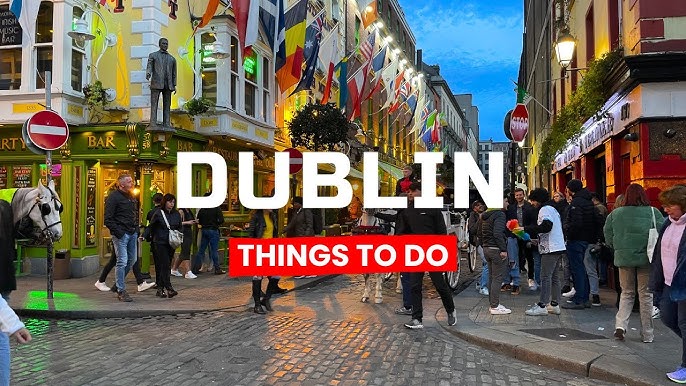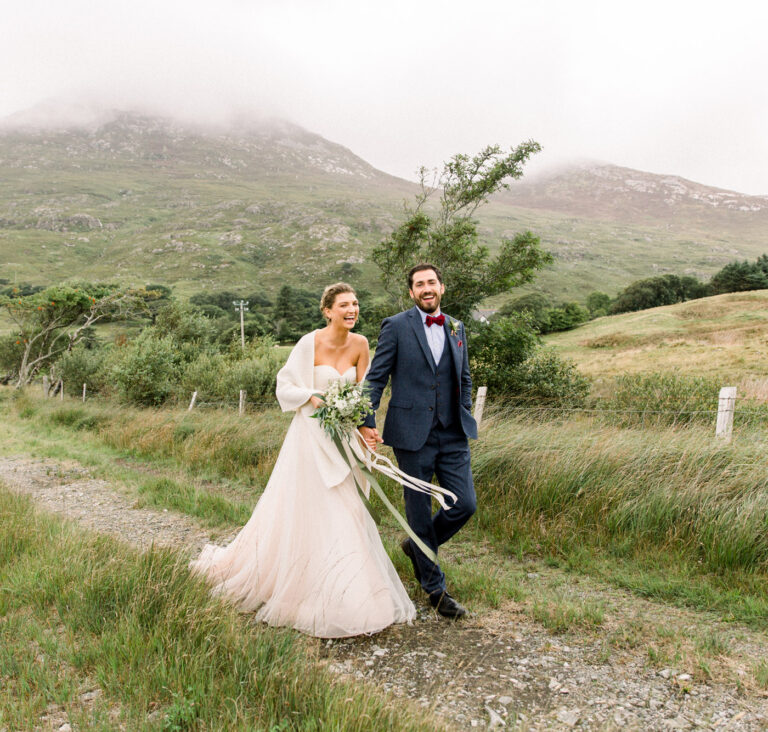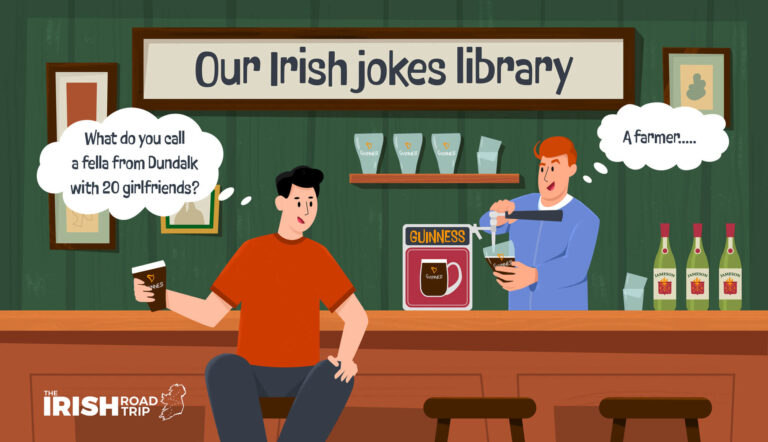Where Is Belfast, Northern Ireland? Your Ultimate Guide To The City
Where is Belfast Northern Ireland? is a question often answered with a simple Northern Ireland. But this city holds a unique position, straddling the border between the UK and the Republic of Ireland. This geographical location contributes to its distinct cultural identity and offers visitors a chance to experience both worlds. This guide will explore the rich history, vibrant culture, and must-see places in Belfast, ensuring you understand why this city should be on your travel itinerary.
Belfast’s Location: A City at the Heart of Northern Ireland
So, where is Belfast, the capital of Northern Ireland, located? Belfast is situated on the eastern coast of the island, along the scenic banks of the River Lagan. It lies within the United Kingdom, sharing its borders with the Republic of Ireland to the south and west. Geographically, the city is positioned at approximately 54.5973° N latitude and 5.9301° W longitude. To the east, the North Channel separates Belfast from Scotland, making it a key location for travel and trade.
Belfast’s strategic location has also contributed to its political significance. As a symbol of the Northern Ireland peace process, the city has played a vital role in the region’s reconciliation efforts, showcasing how a once-divided community can come together and move forward.

A Brief History of Belfast
Belfast’s origins can be traced back to the early 17th century, when Sir Arthur Chichester established the town. The name “Belfast” is derived from the Irish term “Béal Feirste,” which translates to “the mouth of the sandbar.” Over the centuries, Belfast has evolved from a modest riverside settlement into a bustling metropolis, playing a vital role in Northern Ireland’s industrial growth and cultural development.
The city’s industrial prowess was particularly notable during the 19th and early 20th centuries, when it became a hub for shipbuilding and linen production. However, Belfast’s history is not without its challenges; the period known as “the Troubles” deeply impacted the city and its people. Today, Belfast is a testament to resilience, showcasing a blend of historical significance and modern vibrancy.
Why Visit Belfast?
What makes Belfast worth a visit? This city offers a unique charm characterized by its rich history, warm locals, and a lively cultural scene. As the capital of Northern Ireland, it is often overlooked in favor of Dublin, but it presents an authentic Irish experience that is both affordable and accessible.
Belfast welcomes visitors with open arms, offering a delightful blend of warm hospitality, delectable cuisine, and a diverse array of attractions that cater to every taste. While Belfast might not be as well-known as Dublin, its lesser-explored status makes it a more rewarding destination for those seeking a genuine and less-touristy experience.
Must-See Attractions in Belfast
When exploring where is Belfast city, you’ll find an array of must-see places in Belfast that highlight its unique character. Here are some of the top attractions you shouldn’t miss:
Titanic Belfast
An iconic attraction, Titanic Belfast is the world’s largest Titanic-themed museum, built on the very slipways where the RMS Titanic was constructed. This immersive experience allows visitors to explore nine interactive galleries, an underwater cinema, and even take a ride on a recreated gantry. Recognized as the World’s Leading Tourist Attraction, Titanic Belfast is a must for anyone visiting the city.

The museum’s educational value goes beyond just showcasing the Titanic’s history. It also provides a captivating insight into Belfast’s rich industrial past, highlighting the city’s pivotal role in shipbuilding and its broader impact on the local economy and culture.
St- George’s Market
For a taste of local culture, head to St. George’s Market, which is open every Friday, Saturday, and Sunday, offering a vibrant atmosphere and a wide selection of local produce, crafts, and street food. Stroll through the stalls, sample fresh seafood, and discover unique handmade products from local artisans. Don’t forget to look for traditional Irish fare and local specialties!
Black Taxi Tours
One of the most engaging ways to delve into Belfast’s rich history is through a Black Taxi Tour. Knowledgeable local drivers offer insightful commentary on the city’s past, including the Troubles, while highlighting modern cultural landmarks. It’s a personal and informative way to understand the city’s complex narrative.
Belfast’s Cultural Scene
Ulster Museum
The Ulster Museum is a treasure trove of Northern Irish history and culture. With a vast collection that includes everything from dinosaur bones to an Egyptian mummy, the museum provides a captivating journey through the region’s past. Its educational value makes it appealing to all ages, ensuring a memorable visit.
The MAC
The Metropolitan Arts Centre, or The MAC, is the heart of Belfast’s arts and culture scene. It offers a dynamic program of music, theater, dance, and visual art exhibitions. Whether you’re an art enthusiast or looking for family-friendly events, The MAC has something to inspire everyone.
Botanic Gardens
Escape the hustle and bustle of the city at the Botanic Gardens, a 19th-century oasis featuring stunning Victorian architecture, including the iconic Palm House. This tranquil space is perfect for leisurely walks, picnics, or simply enjoying the diverse plant life. Don’t miss the tropical ravine, which adds to the gardens’ charm.
Belfast City Hall
A symbol of civic pride, Belfast City Hall is an architectural gem showcasing classical Renaissance style. Visitors can take free public tours to admire its stained glass windows, commemorative memorials, and learn about the city’s history. The hall is a beautiful backdrop for photos, so be sure to capture the moment.

Crumlin Road Gaol
For a unique experience, visit the Crumlin Road Gaol, a former prison that now serves as a popular tourist attraction. Explore the building’s haunted history, visit the execution chamber, and even take part in paranormal tours for those seeking a thrill. It’s a fascinating glimpse into Belfast’s past, and part of the growing trend of dark tourism in Northern Ireland.
Getting to Belfast
Belfast is easily accessible from various parts of the world. The city is served by Belfast International Airport (BFS), which connects travelers to numerous major cities across Europe and North America, including direct flights from major hubs in the UK, Ireland, and beyond. Additionally, ferry services operate between Belfast and locations in the UK and the Republic of Ireland, making it a convenient option for those traveling from nearby regions.
Getting Around Belfast
The city boasts a comprehensive public transportation system, including an extensive bus network and train services that connect the city center to surrounding areas. Buses and trains are readily available, affordable, and accessible, making it easy for visitors to navigate the city. For those who prefer an active approach, Belfast’s growing cycling infrastructure, including bike-sharing programs, allows travelers to explore the city at their own pace while contributing to sustainable transportation.
Beyond Belfast: Exploring Northern Ireland
Belfast serves as a gateway to the stunning Causeway Coastal Route, a scenic drive known for its breathtaking landscapes and charming coastal towns. Along this route, you can explore outdoor adventures, including the renowned Giant’s Causeway and the rugged Mourne Mountains. These natural wonders are a perfect complement to your Belfast experience, showcasing the diverse beauty of Northern Ireland.
Frequently Asked Questions
Q: Is Belfast safe for tourists?
A: Yes, Belfast is generally considered a safe destination for tourists. However, it’s wise to exercise common sense and stay aware of your surroundings, especially in unfamiliar areas.
Q: What is the best time to visit Belfast?
A: Belfast can be enjoyed year-round, but the spring and fall months typically offer mild weather and fewer crowds, making them ideal times to visit.
Q: How long should I stay in Belfast?
A: A minimum of three days is recommended to experience the city’s top attractions, but a longer stay will allow you to delve deeper into Belfast’s rich culture and explore the surrounding areas.
Q: What are some popular local dishes to try in Belfast?
A: Be sure to sample traditional Irish dishes like Irish stew and soda bread, along with modern gastropub fare. Local seafood, particularly oysters and salmon, are also must-tries.
Q: What are some good accommodation options in Belfast?
A: Belfast offers a wide range of accommodation options, from budget-friendly hostels and guesthouses to luxury hotels and boutique apartments.
Conclusion
Belfast, the capital of Northern Ireland, is a city that captures the hearts of visitors with its rich tapestry of history, culture, and modern charm. Whether you’re exploring the immersive exhibits at Titanic Belfast, indulging in local flavors at St. George’s Market, or enjoying the vibrant atmosphere of the city, there’s something for every traveler. With its easy accessibility and an abundance of must-see places in Belfast, this captivating city should be high on your travel list. Start planning your journey today and unlock the remarkable experiences that await in this enchanting Northern Irish city.







